Guide To Diagnosing, Treating, And Preventing Gallstones
The gallbladder is a small organ located on the right side of an individual's abdomen and is positioned just underneath their liver. A gallstone is a lump or stone that forms in the gallbladder or bile duct when specific substances calcify or harden. Gallstones are caused by an imbalance of chemicals, including calcium carbonate, cholesterol, and calcium bilirubinate. Symptoms of gallstones include pain in the right ribs, pain between the shoulder blades, pain in the right shoulder, nausea, vomiting, restlessness, and sweating.
Thankfully, there are ways to treat gallstones. Some patients may take medication that dissolves gallstones or have surgery for gallstones. There are also natural remedies for gallstones. Of course, effective gallstone treatment starts with an accurate diagnosis. Learn about both now.
Endoscopic Ultrasound
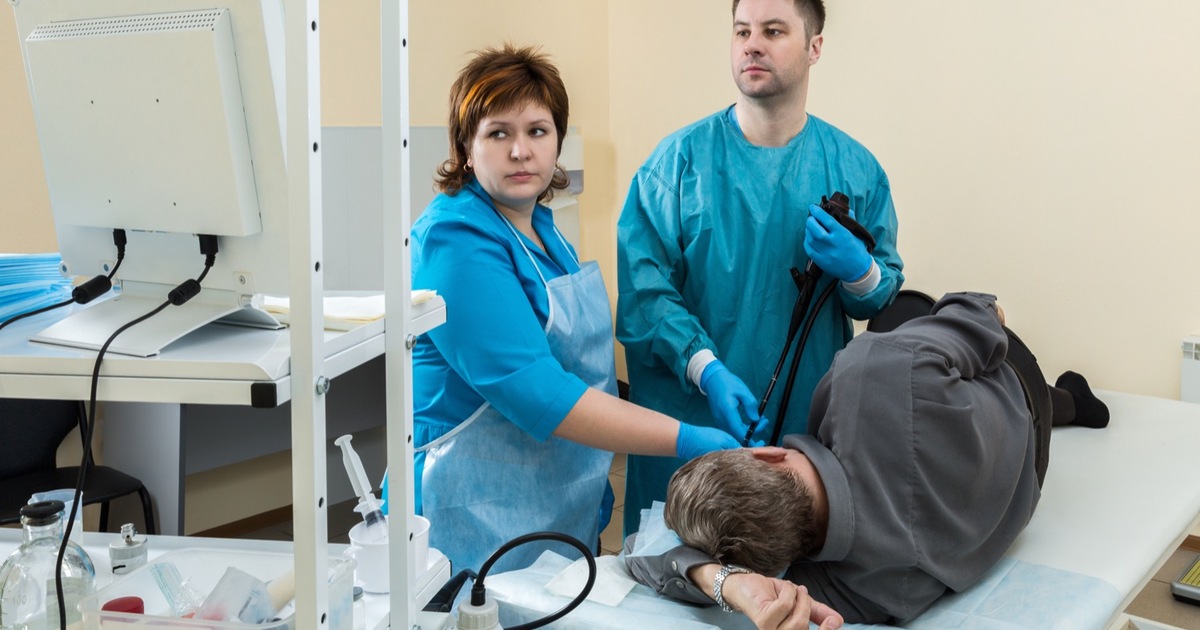
An individual who may have gallstones will often have an endoscopic ultrasound. This is a minimally invasive procedure performed on an outpatient basis that shows a doctor the shape and size of structures within an individual's body. This procedure is typically well tolerated by most patients. During an endoscopic ultrasound, a patient's doctor passes a flexible tube into the digestive tract. A small device or transducer on the end of the tube is used to create an ultrasound of the surrounding tissues. Ultrasound technology is the use of sound waves that bounce off interior structures and are recaptured to form an image of the tissues.
Endoscopic ultrasound can only be performed when the stomach is empty. Most patients are lightly sedated with medication for an endoscopic ultrasound. Because the transducer in this procedure comes closest in proximity to the gallbladder, it can provide the most detailed and accurate representation of the gallstones, their position, and their size.
Keep reading to learn more about how to diagnose and treat gallstones now.
Hepatobiliary Iminodiacetic Acid Scan
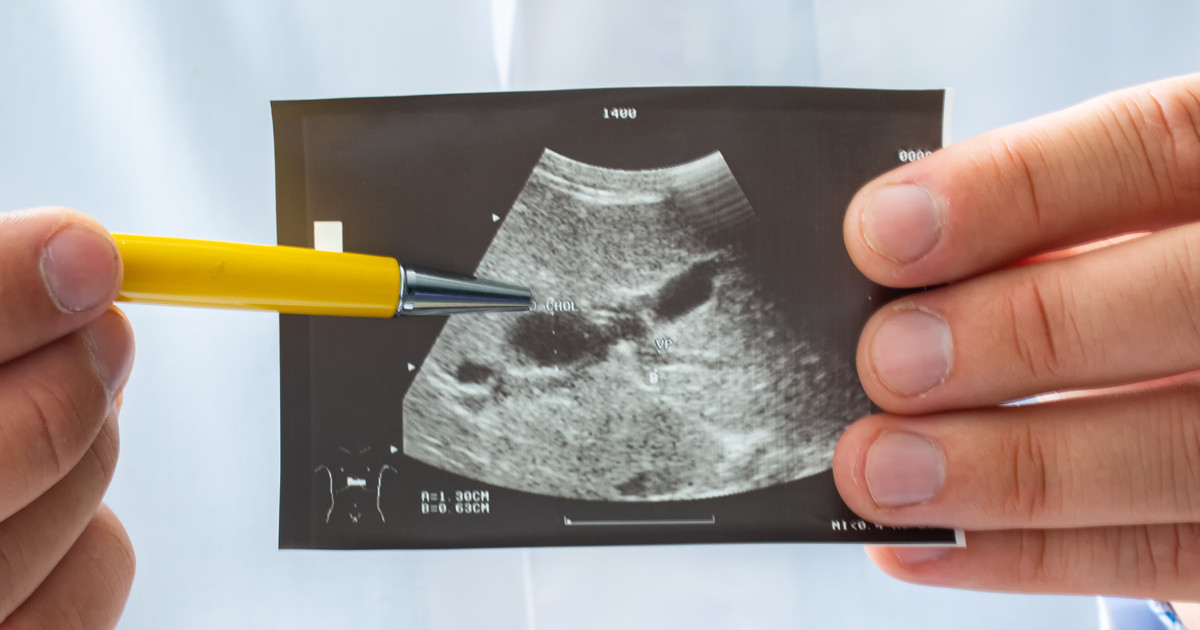
Many patients will need a hepatobiliary iminodiacetic acid (HIDA) scan to diagnose gallstones. This is an imaging procedure. In addition to looking at the patient's gallbladder, it also gives doctors a view of their bile ducts and liver. During this procedure, the doctor will inject a radioactive tracer into a vein in the patient's arm. This tracer will travel to the liver, where it meets with bile-producing cells. At this point, the tracer goes with the bile to the patient's gallbladder, through their bile ducts, and into their small intestine. A scanner will track the tracer to create the images the technician and doctor will examine to diagnose gallstones or other issues.
Learn more about diagnosing gallstones now.
Endoscopic Retrograde Cholangiopancreatography
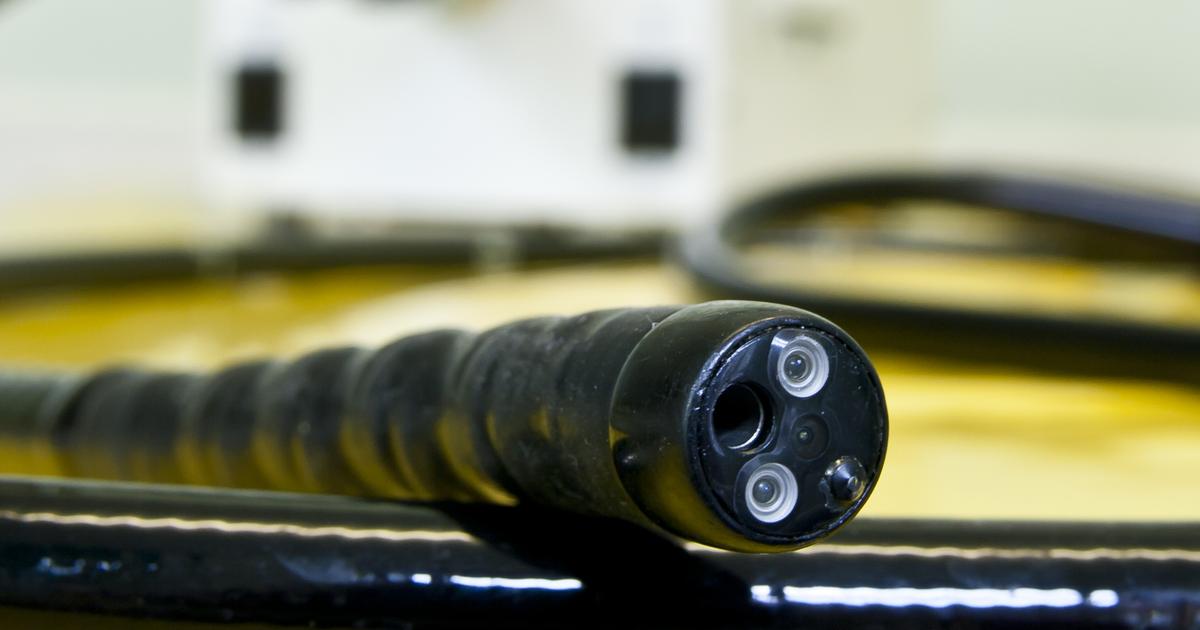
Endoscopic retrograde cholangiopancreatography (ERCP) is another imaging test that can help diagnose problems with the gallbladder, liver, bile ducts, or pancreas. Of course, this includes gallstones. This imaging test uses x-ray imaging and an endoscope. An endoscope, for reference, is a flexible tube with a light. The doctor or technician will guide the endoscope through the patient's mouth and throat. They will guide it down the patient's esophagus, stomach, and into their small intestine. At this point, the doctor will inject a special dye, which is what will highlight the patient's organs for the x-ray image.
Reveal more ways to diagnose gallstones now.
Abdominal Ultrasound

Some individuals will receive an abdominal ultrasound to diagnose gallstones. An abdominal ultrasound is a procedure that uses a special wand or transducer on the skin of the abdomen to send sound waves through the tissues that deflect back and form an image on a monitor. Although this type of ultrasound is most often associated with pregnancy, it can also be used to diagnose other conditions. As mentioned, this includes gallstones.
An abdominal ultrasound does not require sedation, is painless, and does not use any form of radiation. An abdominal ultrasound can be used to distinguish gallbladder cancer, gallbladder polyps, porcelain gallbladder, gallbladder perforation, and cholecystitis from stones in the gallbladder. As an abdominal ultrasound does not require the same preparation, sedation, and expertise as endoscopic ultrasound, it is used more often in patients who have symptoms that may or may not involve their gallbladder.
Discover additional ways to diagnose and treat gallstones now.
Blood Tests

The most common blood test performed to check for a gallbladder problem, including gallstones, is called a complete blood count. A complete blood count tells a doctor if the patient has high levels of white blood cells that would indicate an infection in the body. Blood testing on a patient's liver function can help determine if the bile ducts are being obstructed by gallstones, which can stop the enzymes from reaching the digestive tract.
Liver enzymes, like amylase and lipase, may become elevated if the liver becomes injured from the inflammatory process that takes place in some patients with gallstones. When the levels of bilirubin in the blood are greater than three milligrams per deciliter, there is a sixty percent chance the individual has a common bile duct stone that is causing an obstruction.
Get detailed information on precisely how to treat gallstones effectively now.
Gallbladder Removal Surgery

An individual with gallstones causing certain symptoms may need to have gallbladder removal surgery. When the gallbladder has become swollen and inflamed, bile ducts have been blocked, or gallstones migrate from the bile ducts into the patient's intestines, surgical removal of the gallbladder is considered. The medical term used to describe gallbladder removal surgery is cholecystectomy. This can be performed with a minimally invasive procedure. During a minimally invasive cholecystectomy, one or more small incisions are made in the abdomen. A specialized scope and surgical instruments are used to access and remove the gallbladder.
Some individuals are not eligible to undergo this minimally invasive procedure because of how the stones are positioned in their abdomen. These individuals require traditional open surgery to remove their gallbladder and treat their gallstones. The main reason behind removing the entire gallbladder instead of just the stones is that the stones are very likely to reoccur in patients treated with this method.
Learn more about treating gallstones now.
Medication To Dissolve Gallstones
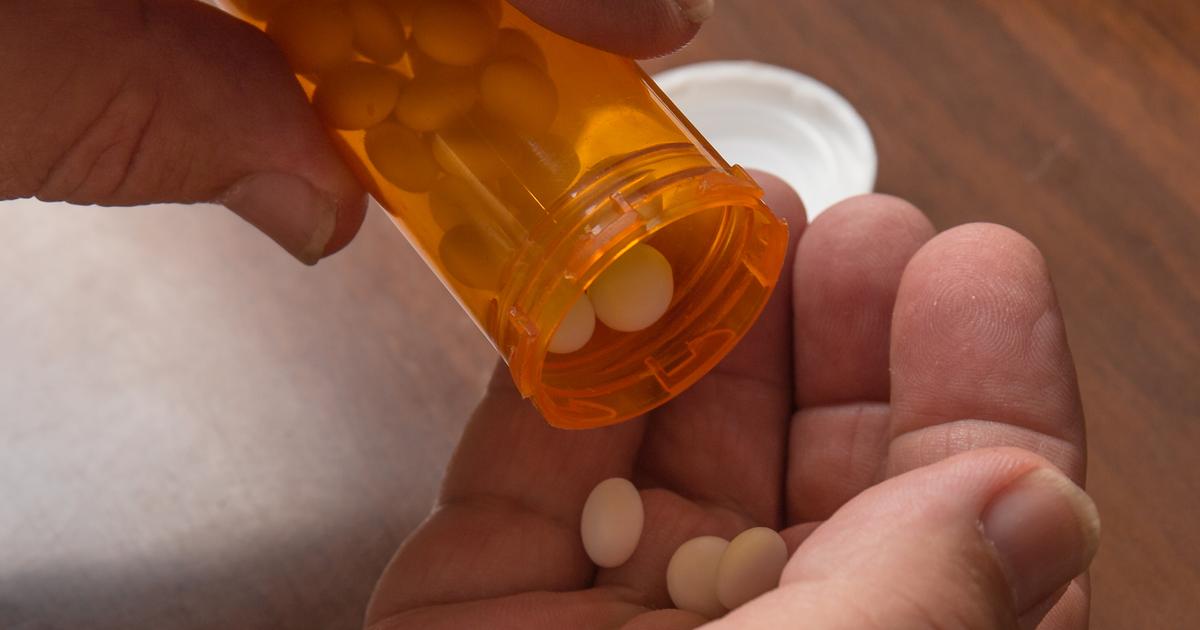
An individual who cannot undergo surgery to remove their gallbladder or who elects not to have surgery may choose to try medication to dissolve their gallstones. Medication treatment with certain acids like chenodiol and ursodiol is reserved for individuals with gallstones made of cholesterol and small in size. It can take an average of two years for these medications to be effective at dissolving gallstones. These medications are also used long-term in patients who have already had surgery on their gallbladder to remove the gallstones to stop the stones from forming again.
Gallstones can also be dissolved in some patients who cannot undergo surgery with the use of certain substances injected into the gallbladder. The injection contains a solvent referred to as methyl-butyl ether, which dissolves the gallstones within five and twelve hours following the injection.
Continue reading to reveal more gallstone treatment options now.
Follow A Healthy Diet

It is crucial for patients to follow a healthy diet when they have gallstones, as well as to prevent them from occurring again. In many cases, patients should follow a diet to lower their cholesterol, which means reducing their fat intake. Thus, patients should avoid consuming fried food and fatty foods, including french fries, potato chips, pizza, and hamburgers. Individuals should also consider avoiding full-fat dairy products and other foods that commonly trigger diarrhea, such as sweet foods and carbonated beverages.
Instead, patients should focus on consuming a high-fiber diet with lots of fruits, vegetables, whole grains, and minimally processed foods. The additional fiber will help with making bowel movements regular and solid. However, individuals should increase their fiber intake slowly to prevent digestive upset. They also need to drink at least eight glasses of water daily to stay hydrated.
Uncover more tips for treating and preventing gallstones now.
Lose Excess Weight
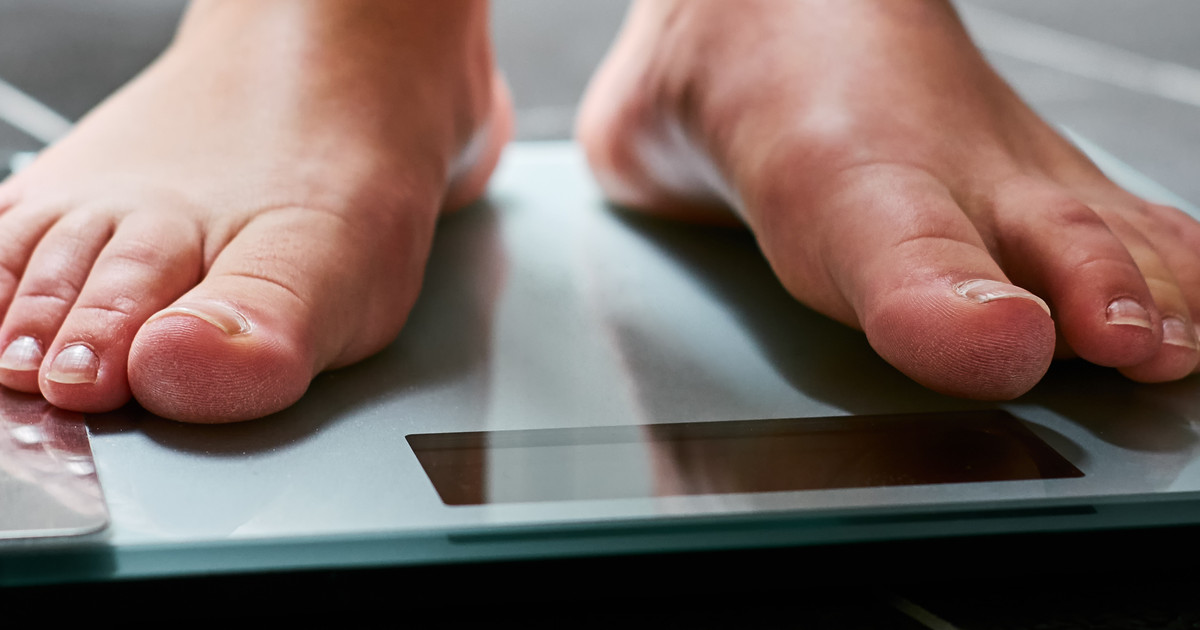
One of the major risk factors for the development of gallstones is being overweight or obese. Thus, one of the major natural treatments is for patients to lose excess weight. Of course, they should lose this weight gradually for the best benefits without unfortunate consequences. Following a healthy diet, as discussed previously, is a great way for patients to begin to lose excess weight. However, it is not the only component that individuals will need.
Regular exercise is also essential to losing weight. The standard recommendation is to include 150 minutes of moderate exercise every week, which translates to thirty minutes a day, five days a week. Examples of exercise include running, brisk walking, lifting weights, swimming, and cycling. Individuals should find an exercise program that they enjoy and stick to it.
Discover more information on how to treat and prevent gallstones now.
Take Approved Supplements
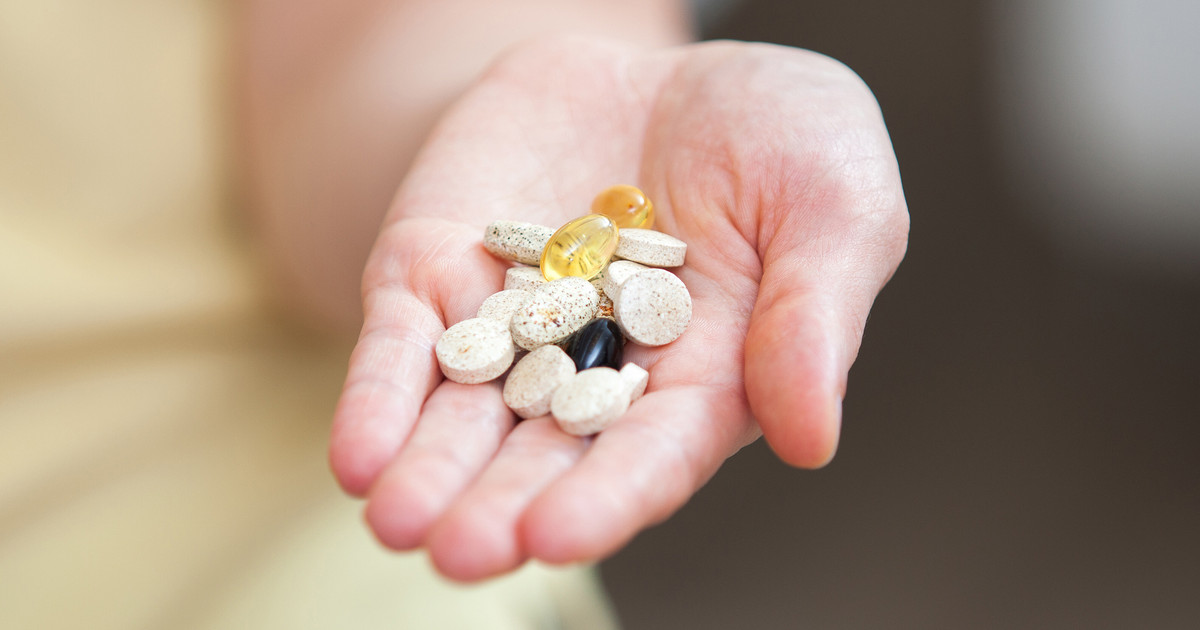
Reports indicate that certain nutritional supplements can help reduce the risk of gallstones from not only occurring in the first place, but also from happening again. However, it is important that patients only take approved supplements. In addition, patients should talk to their doctor about how much and how often to take these approved supplements to prevent gallstones. Examples of some supplements that have been shown to help treat and prevent gallstones include iron, lecithin, and vitamin C. In most cases, patients will not take too much vitamin C, since they will excrete it through their urine. However, it is quite easy to take too much iron, especially with supplements. This is a major reason why patients need to talk to their doctor first.